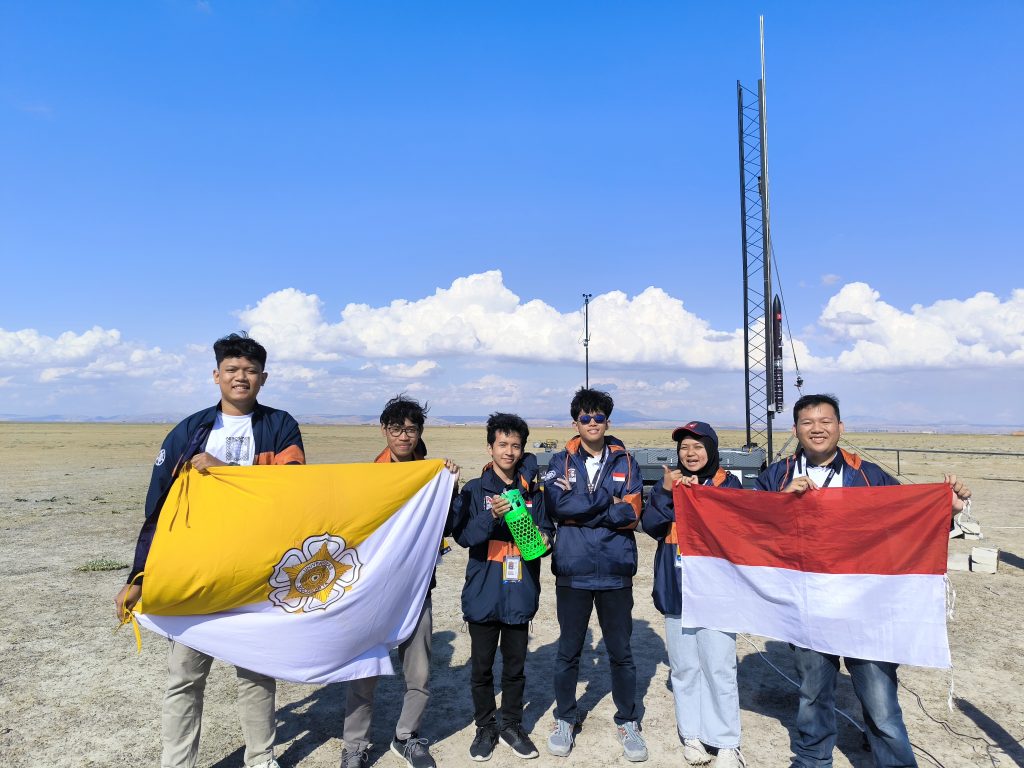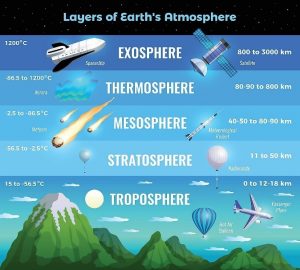
Aksaray, Turkiye – Prestasi membanggakan kembali ditorehkan oleh mahasiswa Universitas Gadjah Mada (UGM). Subteam Ugrasena, delegasi dari Fakultas Teknik UGM, berhasil menduduki peringkat 5 dunia dalam kompetisi bergengsi Teknofest Model Satellite Competition 2024, salah satu agenda penting dalam ajang Teknofest, pameran teknologi terbesar di Turkiye.
Tentang Teknofest dan Kompetisi Satelit Mini
Teknofest adalah platform inovasi internasional yang digagas oleh Turkish Technology Team Foundation bekerja sama dengan Kementerian Nasional Turkiye. Ajang ini bertujuan untuk mewujudkan Inisiatif Teknologi Nasional dan mendorong generasi muda dalam pengembangan teknologi. Salah satu kompetisi unggulannya, yaitu Model Satellite Competition, dirancang untuk menantang peserta dalam merancang, menguji, dan mengembangkan satelit mini dengan standar teknologi kedirgantaraan.









 Gadjah Mada Aerospace Team berhasil meraih peringkat dua dunia pada United States Annual Student CanSat Competition 2020. Kompetisi yang diselenggarakan oleh
Gadjah Mada Aerospace Team berhasil meraih peringkat dua dunia pada United States Annual Student CanSat Competition 2020. Kompetisi yang diselenggarakan oleh